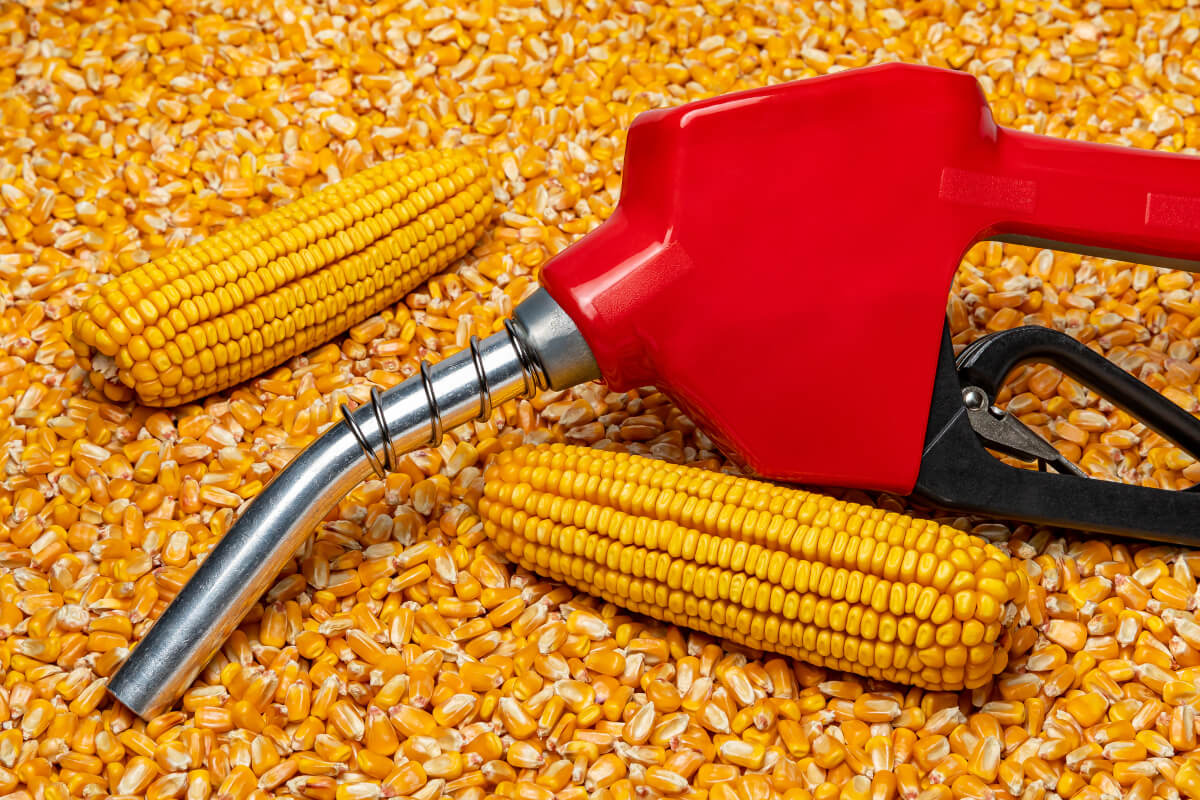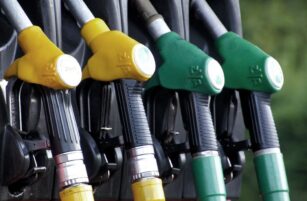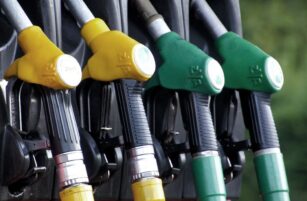Insight Focus
- The US EPA has granted a request for the year-round use of E15 in certain states.
- The move will create more corn demand, but implementation has been deferred until 2025.
- The industry still requires a more coherent regulation that applies countrywide.
Year-Round E15 Permitted
The US Environmental Protection Agency (EPA) announced February 22 that it will grant the request by eight Midwestern governors to allow the year-round use of fuel with a 15 percent ethanol blend (E15) in their states beginning in the summer of 2025. The move was widely lauded for its potential to save the motoring public millions of dollars in fuel costs.
The sale of E15 has been banned during the summer months to meet federal clean air standards. The ethanol industry believes the bans are outdated and unnecessary. The EPA has granted waivers in recent years to allow drivers continued access to E15.
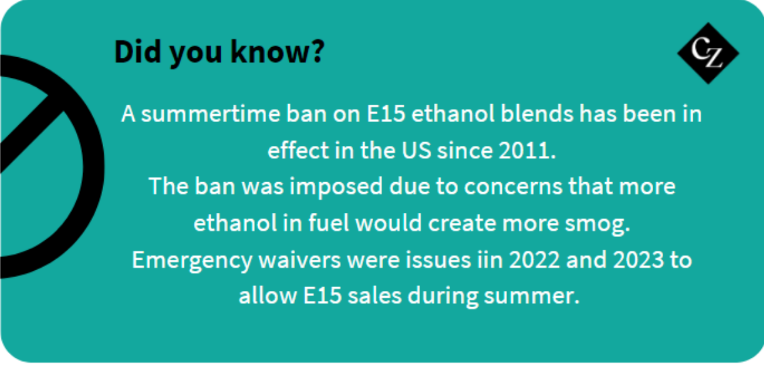
Mike Shane of the Illinois Corn Growers Association (ICGA) said the EPA ruling will give a huge boost in the use of ethanol. “It is a 50 percent increase, which is pretty large for the usage of corn,” Shane told news outlets. “It should increase the demand for corn and help alleviate the extra supplies of corn that exists now.”
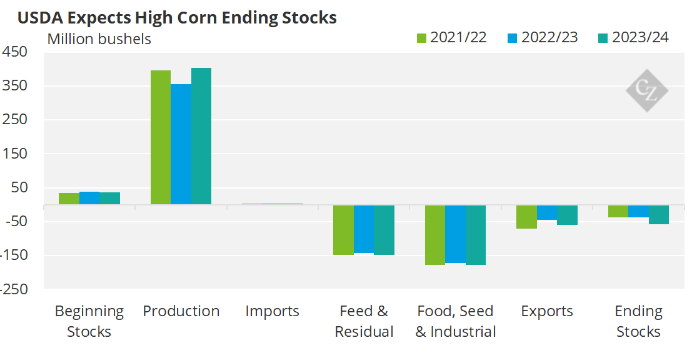
Source: USDA
The ethanol industry, associations of corn growers, and state congressional delegations are calling on the EPA to immediately implement its new rule rather than delay year-round use until 2025.
Iowa lawmakers, for example, are encouraged by the rule but remain concerned that delaying implementation until 2025 will have devastating effects on biofuels producers, farmers, and families across the US. The Iowa officials want EPA to implement the rule so as to ensure E15 is available yearround no later than 31 March, 2024.
Ethanol Hits Purse Strings
According to the US National Corn Growers Association (NCGA), nationwide adoption of E15 would save
consumers USD 20.6 billion in annual fuel costs and put an additional USD 36.6 billion in income into the pockets of US families while generating USD 66.3 billion for the US GDP.
NCGA said that in the summer of 2023, consumers saved 16 cents per gallon on average using E15, with some areas seeing savings of up to 60 cents per gallon. In addition, increased use of E15 would reduce smog-forming pollutants and lower emission of particulate matter up to 50% compared to regular gasoline.
Senior US administration officials estimated, according to news sources, that E15 sales in 2025 at 2,300 Midwest stations will save drivers roughly 10 cents per gallon.
NCGA said that if the US transitioned from E10 to E15 nationwide, greenhouse gas emissions would fall by 17.62 million tons per year, the equivalent of removing approximately 3.85 million vehicles from the road.
Gaps Persist in Framework
“We are glad to hear this decision from EPA, as it puts us on the road to providing more certainty to America’s corn growers and consumers who will save money at the pump,” said NCGA President and Minnesota farmer Harold Wolle. “However, given that this decision will not take effect until the summer of 2025, we question and are concerned about the implications of the timeline for growers and consumers this summer.”
“We still need a law that codifies access to higher levels of ethanol and eliminates the patchwork of
